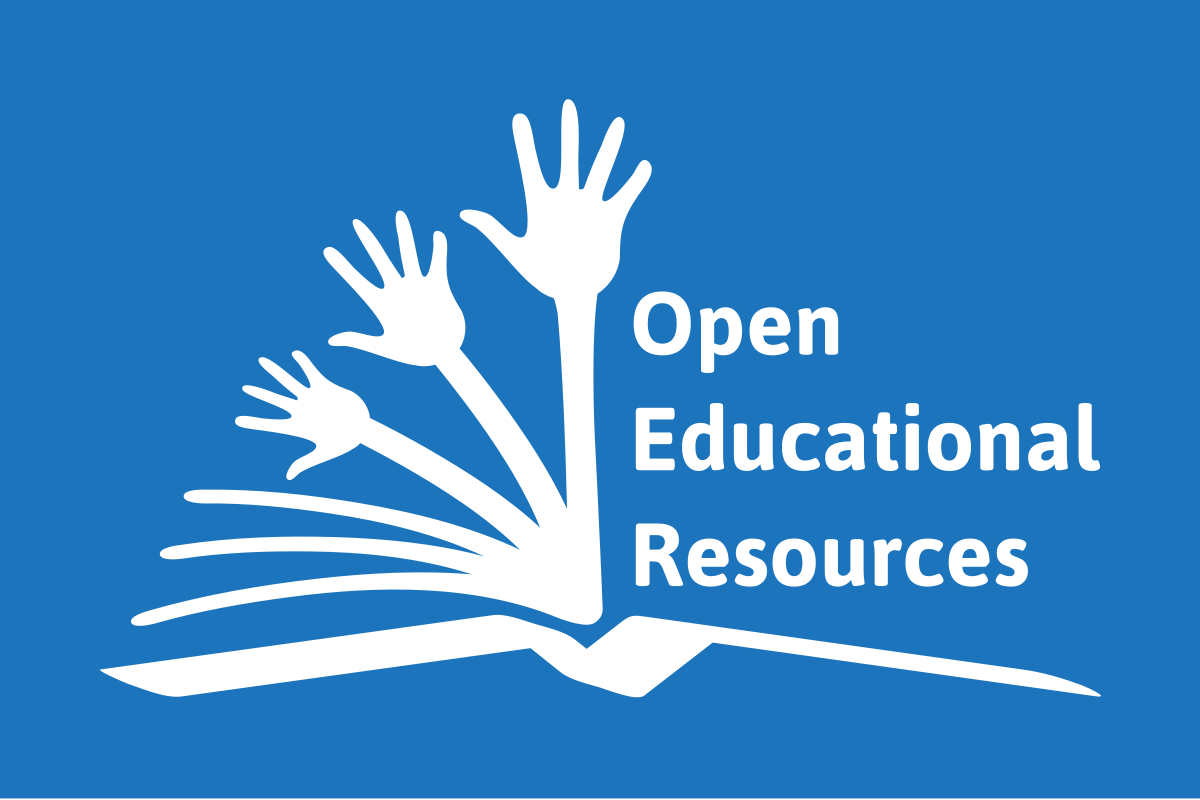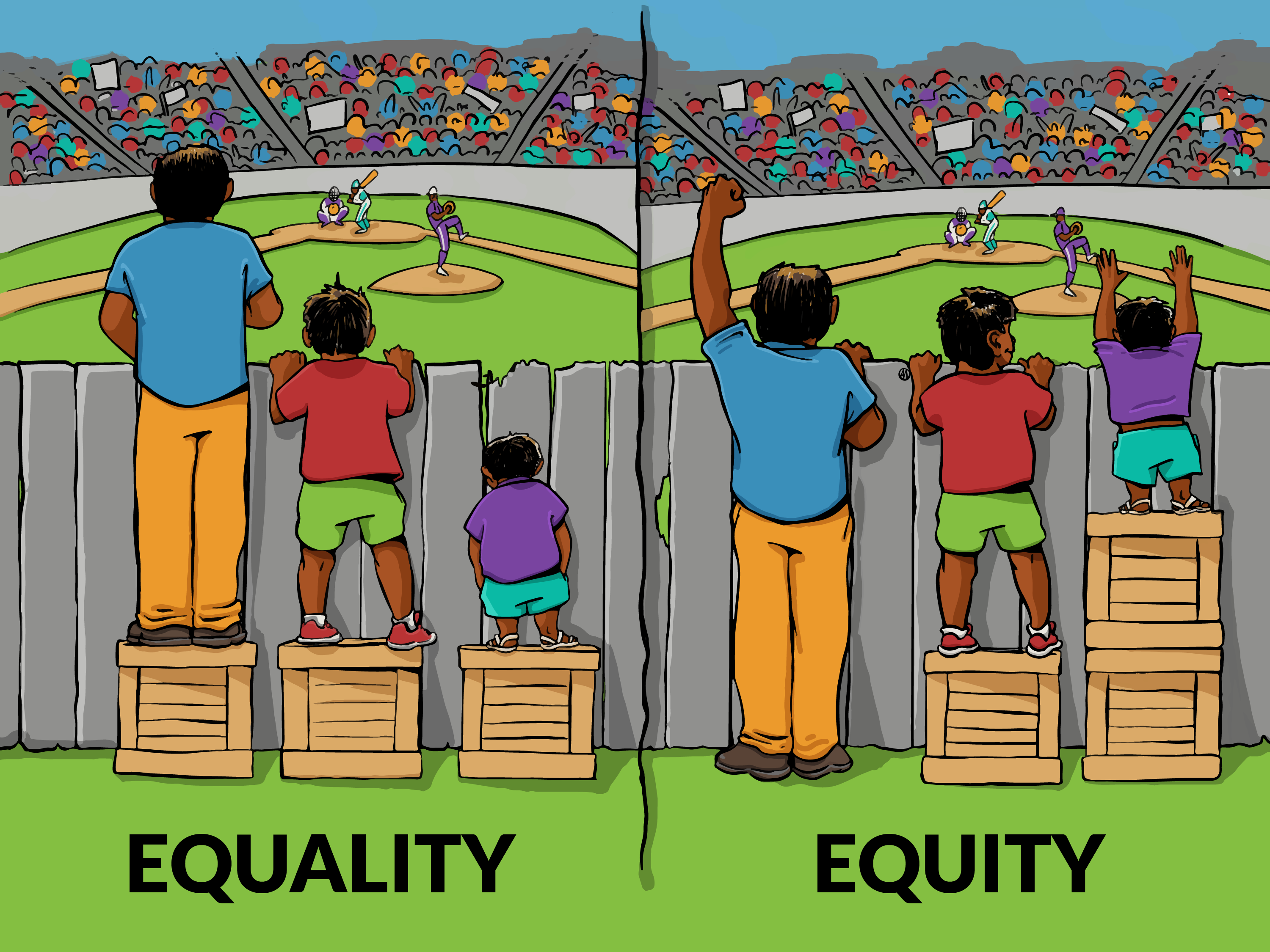Show Case Post:
Flexible and Inclusive Learning: An Extension
The main goal for educators today, is creating a sustainable learning environment that looks to encompass all of its learners, not just the majority of them. In many ways this course has asked us to look at the inclusion of all kinds of learners and how we can make their learning environments more compatible to them, instead of forcing them to fit the mould of content created in a one size fits all manner. One of the ways distributed learning has asked us to be more inclusive is through the integration of technology, and what this means for the creation of material and content alike for the future of education.
“FLOE” the Inclusive Learning and Design Handbook is one Online Learning Resource (OER) that we looked at throughout this semester that opened the door to learning dimensions that we analyzed for the purpose of creating broader learning resources for the wide community of learners that exist around us.
∴ Learners Learn Differently
It has become abundantly clear that students are most successful when their learning processes are tailored specifically for their learning needs. As learning environments continue to grow in diversity, we must also address what this means in terms of teaching in a classroom to all different kinds of learners (Haar, 2002). There is knowledge of about visual, auditory, reading/writing and kinaesthetic learning types, all of which adhere to categories corresponding to different learning patterns and different methods of teaching. Learning environments must be planned in way that can allow for the flexibility for those who have barriers or specific needs that may limit their potential; these are based off of sensory, motor, cognitive or even emotional constraints that get in the way of learning success.
∴ A Specific and Personalized Learning Experience
As educators we can make the learning material more inclusive and personalized to each student, when we understand that there are alternative ways of designing assignments and content. Finding alternative routes for students to take on their learning journey will allow for individual learning needs to be addressed (Selwyn, 2002); making material more configurable to students is one of many ways you are allowing students to provide input and insight on their education. When instructors give students a plethora of options, we are allowing them to choose what is best suited to their needs, they can choose the option that gives them the most confidence; this kind of personalization opens the door for better communication between educators and learners to find what works best with who. Allowing students to be an active part of the process shows them that their voices are being heard, and that integrating their perspectives are a beneficial additive that will only generate more success among incoming students if they know that they will be given choice. Individualizing resources and materials demonstrates instructors consent to diversity among learners, further the technology that we are integrating into our classrooms should conform to our learners. We need to be mindful that the more information we present to students, it should be broad, and mindful of all users and learning types. These kinds of organic solutions are being grown, and as an educational system we have to realize that we have to stop fitting square pegs into round holes, when we can construct round holes for our round pegs.
∴ Accessibility is Not Only a Necessity, But a Right
Accessibility is an important discussion because of the fundamental right of education for school aged children. There has been a new aged debate over the important of equity vs equality, I once heard the phrase “equality doesn’t mean that everyone gets the same thing, it means that everyone’s needs are met”. I intend to live and teach by this phase until I die. Accessibility allows for the system and the environment to accommodate, not impede the needs and preferences of individuals (Weishart, 2014). Technology aids these ideas in the way that the internet can allow access anywhere at anytime so that students may always be connected to content even if there extenuating circumstances. It is reflective in an educators classroom how they attempt to integrate effective approaches and online learning resources so that are accessible for all learners.
∴ Inclusive Education
An inclusive education is what stands between the current education system and one that holds the potential for every child to be successful. Humans as a species are unique and diverse and when it comes to designing educational content, there is a plethora of variation that must be taken into consideration. What will allow for a greater diversity of learning is including the perspectives of those who are struggling the most; when we take on the ‘One Size Fits One’ attitude rather than the ‘One size Fits All” perspective we are acknowledging that this diversity is positive and adds to education as opposed to being a barrier for some. This does not have to be a comfortable fit, when we alter learning outcomes for different needs, there should still be a challenge present for the learner, but the alteration should remove the learning barriers and move them in a positive direction.
In Conclusion
Learning and designs for education are less sustainable if you create them and if they are intended for the majority of the student base. If we intend for our material to be more inclusive from the get go, we are fashioning them in the most positive environment. We cannot “tack on” additional provisions as after-thought ideas for students whose learning needs vary. If we are organically and originally incorporating our ideas to include choice for all learning types, that is when we have succeeded. If we think first about the group as entirety of individuals, instead of what will suit the majority, then we will be the most successful in creating an inclusive learning environment that produces engaging content and supports the prosperity of all students.
References:
Haar, J., Hall, G., Schoepp, P., & Smith, D. (2002). How Teachers Teach to Students with Different Learning Styles. The Clearing House, 75(3), 142-145.
Jokinen, M. (2018). Inclusive Education—A Sustainable Approach? American Annals of the Deaf, 163(1), 70-77.
Selwyn, N., Hillman, T., Eynon, R., Ferreira, G., Knox, J., Macgilchrist, F., & Sancho-Gil, J. M. (2019). What’s next for Ed-Tech? Critical hopes and concerns for the 2020s. Learning, Media and Technology, 1–6
Weishart, J. (2014). Transcending Equality Versus Adequacy. Stanford Law Review, 66(3), 477-544.


Leave a Reply